The Lyme Timber Company is a private investor that strategically invests in projects with a high conservation potential in the USA and Canada, generating revenues through the production of sustainable timber, recreational leasing, the supply of alternative energy and the production of carbon offset credits.
Lyme Timber’s business model works by monetising a public-private partnership approach called conservation easements, which involves a legally binding contract to conserve private land and prevent future landowners from dividing/developing their property. Conservation easements protect and conserve the land’s resources, keeping land in private hands, while boosting the land’s public benefit and enhancing natural ecosystems.12
Over the course of the firm’s history, it has developed five funds: Lyme Northern Forest Fund (2002, $64.5 million); Lyme Forest Fund (LFF) (2006, $190.6 million); LFF II (2010, $160.4 million); LFF III (2014, $250 million); LFF IV (2016, $250 million); LFF V (2018, $300 million).
Lyme’s current overall investment portfolio consists of about 1.5 million acres of land, 85percent of which is forestlands, while the rest is rural real estate. Current portfolio examples are the Lyme Great Lakes Timberland, comprising of 677,000 acres of sustainably managed forestland; Lyme Redwood Timberlands, a 112,000-acre forest parcel along a salmon river which is restored through Lyme’s sustainable forest management; and the Chocolate Bay Mitigation Bank, comprising of 9,500 acres of intercoastal waterway frontage that is held as a conservation and mitigation project.13
12 ‘ ‘Financing Sustainable Land Use: Unlocking Business Opportunities in Sustainable Land Use with Blended Finance’. 2018. Kois Investment, the Business & Sustainable Development Commission and the Blended Finance Taskforce. https://docs.wixstatic.com/ugd/679693_bc261b1e91914e76b14f0cac70344cb9.pdf.
13 ‘Portfolio’. n.d. Lyme Timber. Accessed 18 September 2020. https://www.lymetimber.com/portfolio/.

